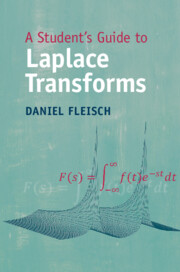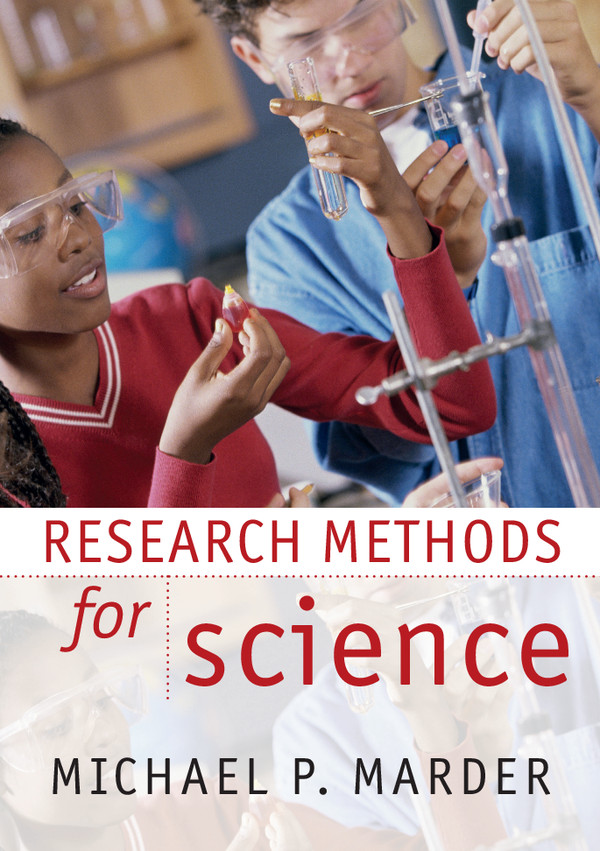Advanced Mathematical Methods for Engineering and Science Students
This book provides a solid foundation to a number of important topics in mathematics of interest to science and engineering students. The authors' approach is simple and direct, the emphasis being on the analytical structure and applications of the material. The text is virtually self-contained, assuming only that the student has received a good basic course in ancillary mathematics. Each chapter contains a large number of worked examples, and concludes with problems for solution, with answers given in the back of the book. There is no comparable text that covers this material in such a concise form. This book will be of great value to undergraduates in physics, chemistry, theoretical biology, and in all engineering disciplines, as a source book of advanced mathematical methods, and also to postgraduate students as a revision text.
Product details
June 1990Hardback
9780521363129
268 pages
234 × 152 × 21 mm
0.518kg
Available
Table of Contents
- 1. Suffix notation and tensor algebra
- 2. Special functions
- 3. Non-linear ordinary differential equations
- 4. Approximate solutions of ordinary differential equations
- 5. Contour integration
- 6. Applications of contour integration
- 7. Laplace and Fourier transforms
- 8. Partial differential equations
- 9. Calculus of variations.






